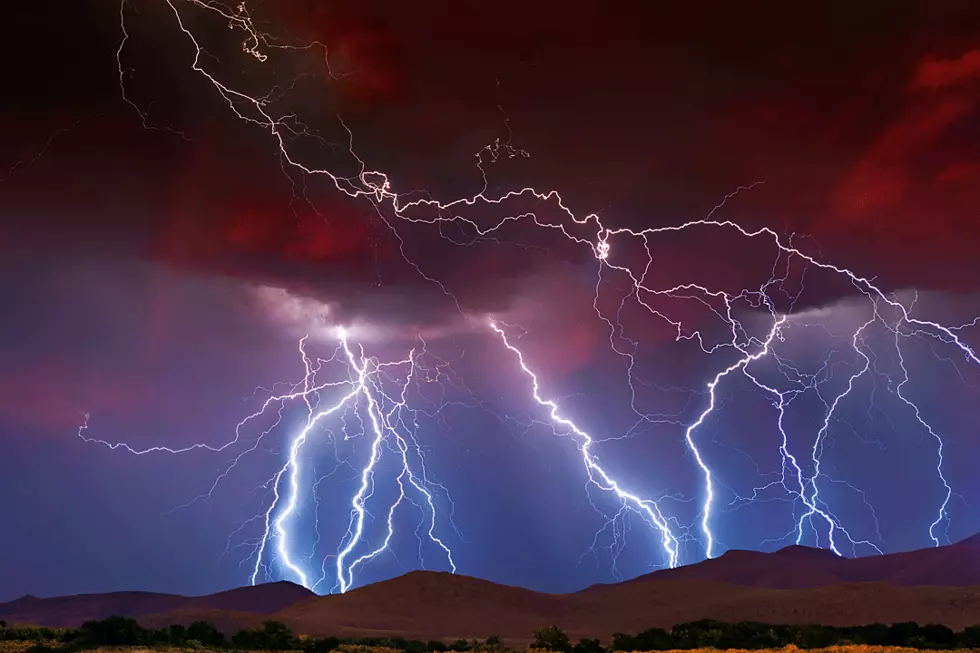
Flood Watch In Effect For Texoma Friday Through Saturday
It’s beginning to look like we may be in for a significant rainfall event again this weekend. The National Weather Service in Norman has issued a Flood Watch for our listening area from Friday morning through early Saturday afternoon with rain expected to taper off completely on Sunday. While there is no severe thunderstorm type activity such has high winds and hail in this forecast, rainfall totals of 3 – 4 inches should be expected in our immediate area, even more off to the East/Northeast.
Richard Smith, one of our friends at the National Weather Service, put it this way. “Like the past few rain systems we've seen, the high moisture content in the air will result in very efficient rain-producing showers and storms. They may not look impressive on radar, but rainfall rates can be extremely high. It'll be like being in Florida but without the beach.”
So, we have a Flood Watch. Exactly what does that mean? According to the NWS office in Norman it means the possibility of flooding, flash flooding and/or river flooding at actionable levels. These are typically issued 6 – 48 hours before the event is expected.
If things get more serious the Watch is updated to a Flood Advisory which means we should expect ponding of water on streets, low-lying areas, highways, storm drains, and action stage river levels. With large parts of Wichita Falls utilizing above ground water runoff that means some streets are likely to have traffic issues. These typically last 3 – 6 hours.
The next level is an actual Flood Warning. These are issued in the event of a high flow, overflow, or inundation by water of normally dry areas. It can be by way of a river, lake, or any flood prone land area. These can be valid for many hours after the end of the rainfall, depending upon how long it takes the water to run off from the flooded areas. Flood Warnings do not involve rapidly rising water levels.
In the event of rapidly rising water a Flash Flood Warning will be issued. These are particularly dangerous and involve a rapid and extreme flow of high water into a normally dry area, or a rapid water level rise in a stream or creek above predetermined flood levels. These are typically valid for 3 -6 hours, sometimes longer, and typically begin within six hours of heavy rainfall.
What does all of this mean? If you have outdoor plans for the weekend be sure to keep an eye on the weather conditions and dress appropriately. If you live in a flood prone area be aware of the water levels around you and know when to head to high ground, and which roads to take to get there. If you’re driving and you see water across the road be aware that it might be a lot deeper than it looks. If the water is moving rapidly turn around, don’t drown. There will always be another path to your destination.
More From Newstalk 1290









